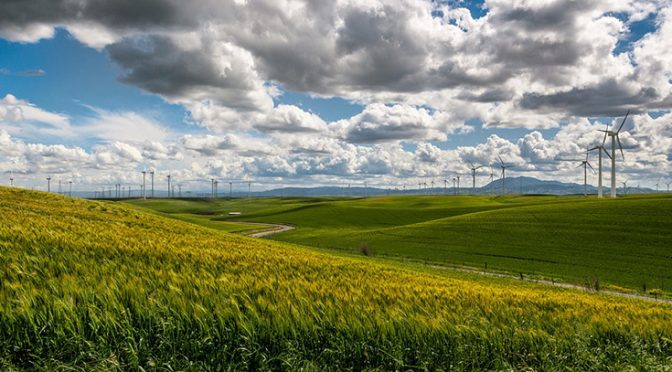Slovenia, a small European country with a population of just over 2 million, has been making significant strides in the field of renewable energy. The country’s commitment to research and innovation in the energy sector has led to the development of new technologies and strategies aimed at reducing its dependence on fossil fuels and increasing the share of renewable energy in its energy mix. This comprehensive analysis explores the potential of renewable energy sources in Slovenia and the role of research and innovation in driving this transition.
Slovenia’s energy sector is currently dominated by fossil fuels, with coal and natural gas accounting for more than 60% of its total energy consumption. However, the country has set ambitious targets for the future, aiming to increase the share of renewable energy to 27% by 2030, as part of its commitment to the European Union’s climate and energy goals. To achieve this target, Slovenia has been investing heavily in research and innovation, with a focus on the development of new technologies and the optimization of existing renewable energy sources.
One of the most promising areas of research in Slovenia’s energy sector is the harnessing of solar power. The country has a relatively high solar potential, with an average of 1,500 hours of sunshine per year. Researchers have been exploring innovative ways to increase the efficiency of solar panels and develop new materials that can better capture and store solar energy. These advancements have the potential to significantly increase the amount of solar power generated in Slovenia, which currently accounts for less than 1% of its total energy production.
Another area of focus for Slovenian researchers is the development of advanced wind energy technologies. Although Slovenia has a relatively low wind potential compared to other European countries, it has been investing in the development of new wind turbine designs that can operate efficiently at lower wind speeds. This research has led to the installation of several wind farms across the country, with plans for further expansion in the coming years.
In addition to solar and wind power, Slovenia has also been exploring the potential of other renewable energy sources, such as hydropower, biomass, and geothermal energy. The country already generates a significant portion of its electricity from hydropower, with more than 30% of its total energy production coming from this source. Researchers are now working on improving the efficiency of existing hydropower plants and developing new technologies that can harness the power of smaller rivers and streams.
Biomass and geothermal energy are also areas of interest for Slovenian researchers, as these sources have the potential to provide a stable and reliable supply of energy throughout the year. The country has been investing in the development of advanced biomass conversion technologies, such as gasification and pyrolysis, which can convert biomass into valuable fuels and chemicals. Geothermal energy, on the other hand, is still in its early stages of development in Slovenia, but researchers are optimistic about its potential to provide a sustainable source of heat and electricity.
The role of research and innovation in Slovenia’s energy sector cannot be overstated, as it is crucial for the country to achieve its renewable energy targets and reduce its dependence on fossil fuels. By investing in the development of new technologies and the optimization of existing renewable energy sources, Slovenia is not only contributing to the global fight against climate change but also positioning itself as a leader in the field of clean energy. As the country continues to explore the potential of renewable energy sources, it is clear that research and innovation will remain at the forefront of its efforts to build a more sustainable and resilient energy sector.


